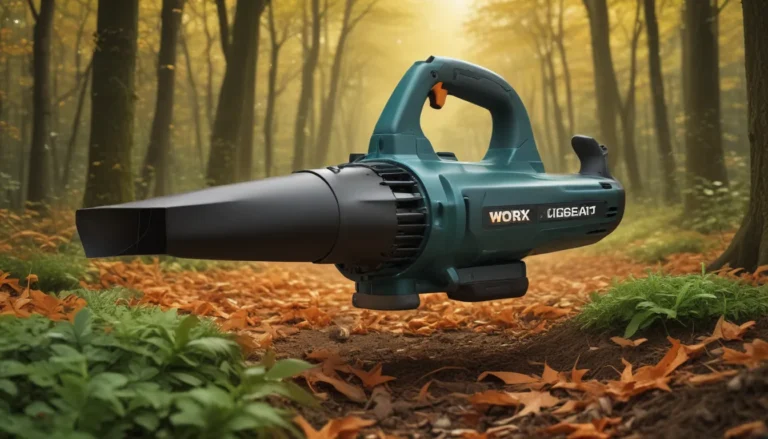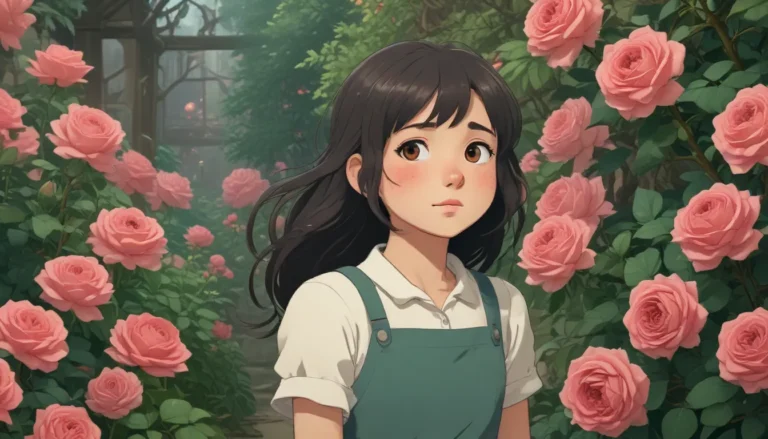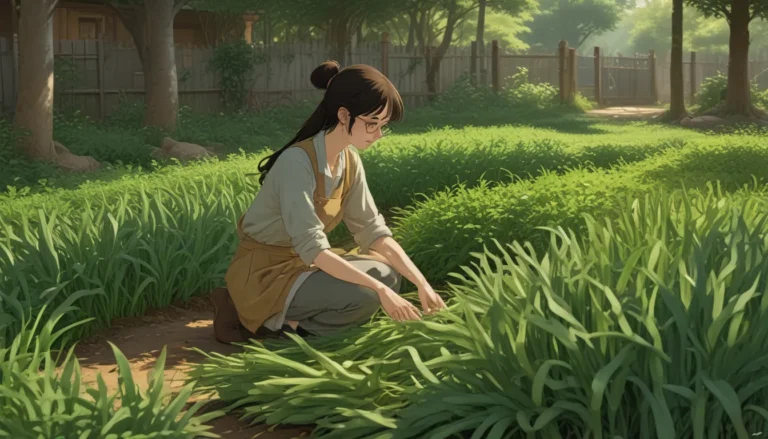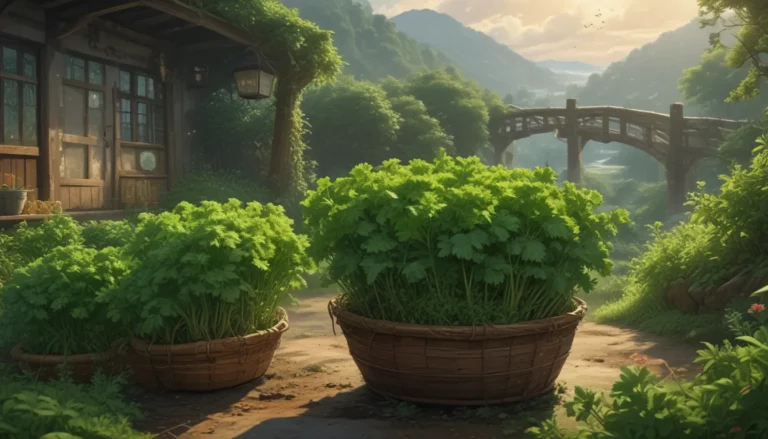The Ultimate Guide to Growing Chamomile in Containers
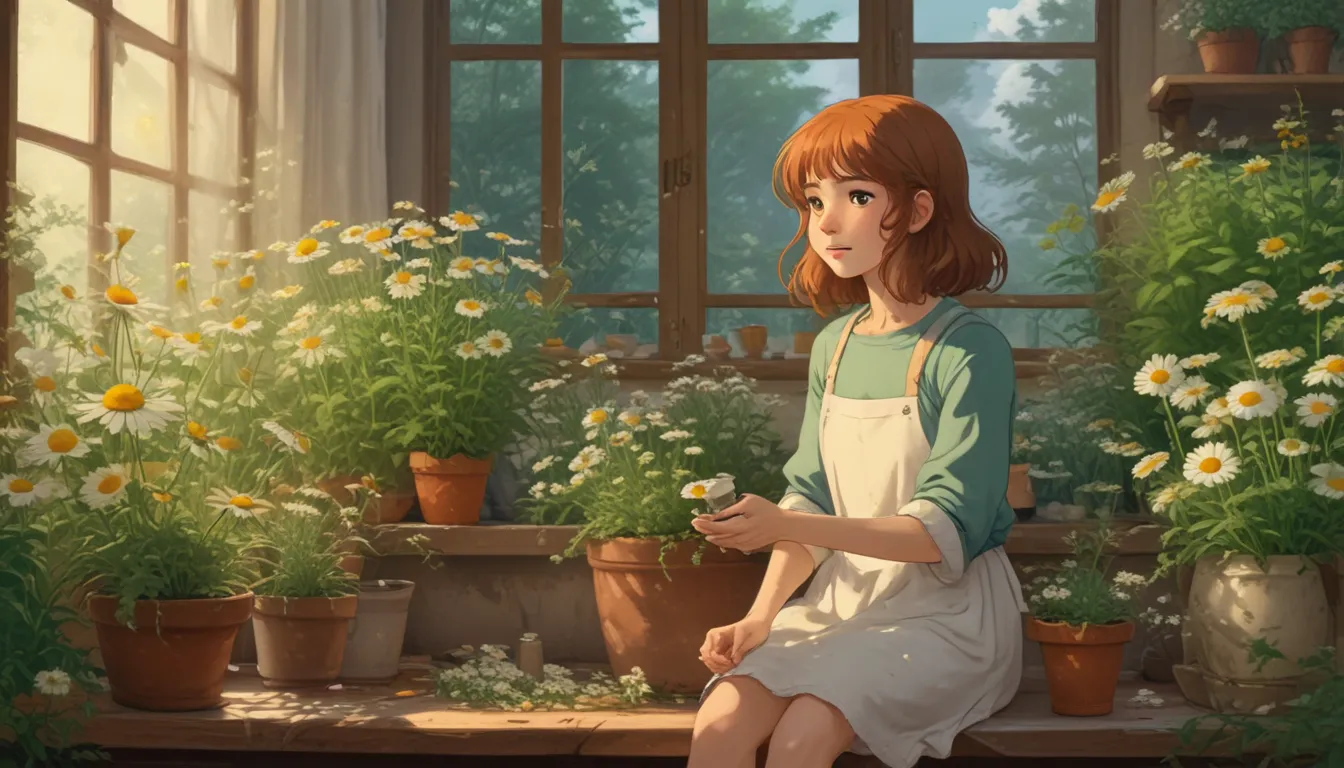
Chamomile is a delightful herb with lovely blooms, but it has a tendency to spread rapidly in the garden. If you’re looking to keep this plant under control or you have limited space, growing chamomile in containers is a great solution. In this comprehensive guide, we’ll explore everything you need to know to successfully grow chamomile in pots.
What You’ll Learn
- Why Grow Chamomile in a Container?
- Choosing the Best Container
- Picking the Right Site
- Preparing the Pot
- How to Grow
- Container Care and Harvest
Why Grow Chamomile in a Container?
Growing chamomile in a container offers several advantages. It makes harvesting easier, allows you to keep a closer eye on your plants for pests and water needs, and provides a solution for limited garden space. Additionally, containers help control the spread of chamomile, which has a tendency to self-seed in the garden.
Chamomile also thrives in a container environment and can be grown indoors year-round. When it comes to container gardening, there are two types of chamomile to consider: Roman and German. German chamomile produces more flowers, making it ideal for a bountiful tea harvest.
Choosing the Best Container
When selecting a container for growing chamomile, ensure it has good drainage and is large enough to accommodate the plant’s shallow roots. Consider using traditional pots made of terra cotta, clay, or plastic, or get creative with repurposed containers. Make sure to choose a container that is stable and free from harmful chemicals.
German chamomile requires a pot that is at least 12 inches wide and eight inches deep, while Roman chamomile needs a container that is 18 to 24 inches wide and eight inches deep. Keep in mind the mature height of the plant and select a pot that can support its growth.
Picking the Right Site
Chamomile attracts beneficial insects and prefers cool environments. Ensure your containers are placed near pollinator-friendly plants and in partially shaded areas in warm climates. Avoid locations that can amplify heat, such as next to brick walls. During extreme temperatures, move your containers to cooler spots to protect the plants.
Preparing the Pot
Before planting chamomile, sterilize your container to prevent diseases. Use a bleach and water solution to clean the interior. Fill the container with a high-quality potting mix that offers good drainage and retains moisture. Avoid using garden soil, as it may contain weed seeds or diseases that can harm the plants.
How to Grow
Chamomile can be grown from seeds, seedlings, or divisions. Start seeds indoors before the last frost or sow them directly into containers. Transplant seedlings or divisions into prepared pots and harden them off before moving outdoors. Water your plants regularly and fertilize as needed to promote healthy growth.
Container Care and Harvest
Maintaining container-grown chamomile involves regular watering and fertilization. Keep the soil moist and provide about an inch of water per week. Fertilize with fish emulsion once a month to ensure your plants receive essential nutrients. Harvest chamomile when the flowers are freshly opened for optimal flavor.
Chamomile flowers can be dried and used in teas, salads, or as garnishes. Store them in a cool, dry place to preserve their flavor. Remember to pluck the flowers as they bloom to encourage new growth throughout the season.
A Note of Caution:
If you have a ragweed allergy, consider avoiding planting chamomile near your home, as it may trigger similar allergic reactions.
In Conclusion
Growing chamomile in containers is a rewarding experience that allows you to enjoy this delightful herb in limited spaces. With the right container, proper care, and harvest techniques, you can cultivate a bountiful chamomile harvest right at home. Share your container gardening adventures with us in the comments below and explore other container gardening guides for more inspiration!
- How to Grow Zucchini in Containers
- How to Grow Rhubarb in Containers
- How to Grow Chives in Containers
Thank you for reading! Happy gardening!
